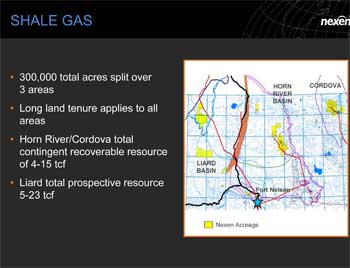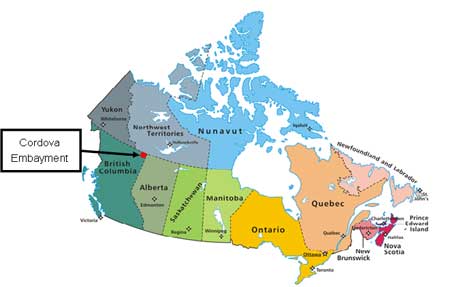A study by Duke University of the US shale gas boom has found that oil and gas development from shale fields has generally helped the public finances of local communities, providing new revenues and resources that usually — but not always — outweigh the increased demand for public services and other costs.
It found that many local governments in western North Dakota and eastern Montana, near the Bakken shale formation, have thus far experienced net negative fiscal effects. Also, some municipalities in rural parts of Colorado and Wyoming struggled to manage rapid population growth as natural gas production accelerated in the mid-to-late 2000s.
The research is a snapshot of the fiscal impact to date in the eight states and does not examine the long-term economic impact to governments and the communities they serve, a question the authors say is important and needs additional study.
Daniel Raimi and Richard Newell gathered data from communities surrounding ten oil and gas “plays” from September 2013 through February 2014, traveling to Arkansas, Colorado, Louisiana, Montana, North Dakota, Pennsylvania, Texas and Wyoming to interview local officials and collect information firsthand.
The report describes major revenue sources for local governments, which can include property taxes, sales taxes and state-collected severance taxes or fees that are sent back to the local level. Some local governments also partner with oil and gas companies to help maintain roads, an approach that helped reduce expenses associated with heavy truck traffic in states including Arkansas, Colorado and Pennsylvania.
New costs for local governments associated with oil and gas development, include damage to roads from heavy truck traffic, water and sewer service expansion, government staffing and other needs brought on by rapid population growth.
The researchers found that the net impact of recent oil and gas development has generally been positive for local public finances.
“The fiscal effects for local governments tend to vary from state to state, but we found that for most of them new revenues were outweighing new demand for services,” said Newell, director of the Duke University Energy Initiative and Gendell Professor of Energy and Environmental Economics at Duke’s Nicholas School of the Environment.
Newell and Raimi found net positive fiscal effects in regions where oil and gas booms were ongoing or had slowed in recent years, as well as in regions that experienced different scales of activity. This includes local governments in diverse regions where population density and government capacity vary substantially.
“One of the key questions is how these fiscal effects change over time,” said Raimi, an associate in research with Duke’s Energy Initiative. “In very rural areas, some local governments have faced challenges when development first surges. In many cases, those challenges faded over time. In most other areas, we found net positive or at least roughly neutral financial effects on local government.”
“In some parts of North Dakota, populations have doubled, tripled or even quadrupled just in the past few years,” Raimi said. “For local governments in these areas, it’s hard to keep up with the demand for services, especially costly infrastructure projects such as sewer and water treatment plants.”
The study was financed with the support of the Alfred P. Sloan Foundation. The Shale Public Finance project will continue to produce a series of publications that describes local experiences from a variety of U.S. local governments and identifies key findings.
Duke Energy Initiative finance page
includes interactive map and downloadable report in PDF.


 (Map by Mitsubishi)
(Map by Mitsubishi)